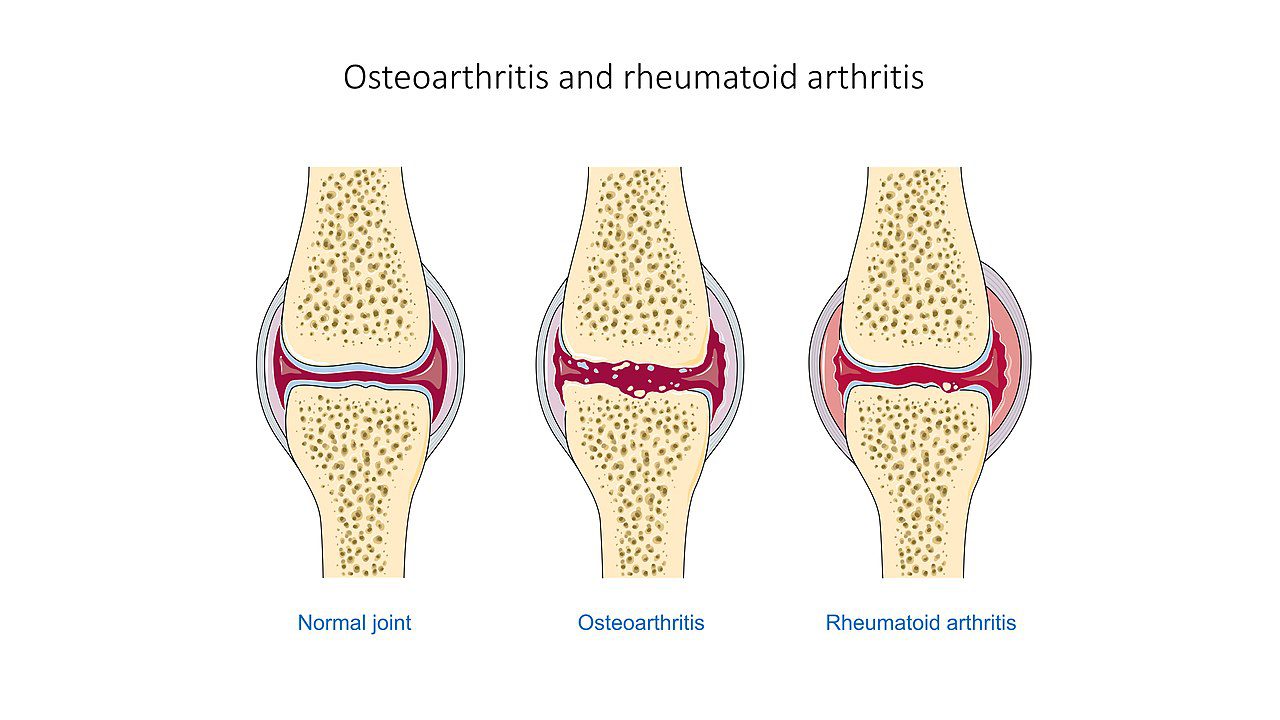Almost a quarter of Americans are diagnosed with some type of arthritis during their lifetime. Unfortunately, this number is expected to rise even further as we approach the 2030s, with about 15 million more arthritis patients by the start of this upcoming decade. Because arthritis is such a widespread problem, it makes sense to learn how to manage it yourself. With this in mind, you can find a useful article that explains some of the different treatments for arthritis on the Rolling Paper website. Even if you don’t currently have arthritis, there is a strong chance that you may struggle with it in the future. With the right strategies, you can mitigate the consequences of arthritis and pursue a happier, healthier life by following these tips for managing different types of arthritis.
Some of these tips are relatively straightforward, while others may take a little more effort and time. No matter what, it’s worth it to address your arthritis directly. Stalling and trying to ignore the issue will only make it worse. You owe it to yourself to at least attempt to rid yourself of the pain and discomfort associated with arthritis. When you finish reading this article, you’ll learn that it’s easier to manage arthritis than you thought.
Table of Contents
What is Arthritis?
The first thing you need to know about arthritis is that it’s not one single condition. Arthritis is a “blanket term” that encompasses many different types of arthritis. These different types of arthritis manifest in different ways, and your experiences could be completely different depending on which type of arthritis you have. Managing your arthritis is much easier when you can target the specific type of arthritis you have. This targeted approach will help you overcome pain and discomfort, so it’s worth doing a little bit of research into various arthritis types.
That being said, all forms of arthritis share some common features. Arthritis always involves some type of joint pain or joint disease. There are more than 100 different types of arthritis, and they can affect individuals of all ages. However, arthritis is more common in older individuals. Common symptoms include swelling, pain, and stiff joints. The end result is usually decreased range of motion, which can lead to disability. In severe cases, arthritis can cause permanent changes to your joints. There are also a few variants of arthritis that can affect your organs as well as your joints.

Osteoarthritis vs. Rheumatoid Arthritis
Two of the most common types of arthritis are osteoarthritis and rheumatoid arthritis. To understand how to manage these two different types of arthritis, it’s essential to know how they differ. The key difference between these two conditions has to do with inflammation. Osteoarthritis (also known simply as “OA”) is not an inflammatory disease caused by an autoimmune reaction, while rheumatoid arthritis (RA) is. OA is more commonly associated with the breakdown of cartilage as people age.
Rheumatoid arthritis may be more challenging to treat, as the underlying cause is an issue with the immune system. A body with RA is literally attacking its own joints, trying to eliminate them in the same way it would eliminate a virus. This condition can also lead to other issues such as cardiovascular disease and lung disease.
Now that you understand the differences between these two conditions, it should be easier to approach managing osteoarthritis vs. rheumatoid arthritis. Here are some of the most common forms of arthritis, along with management tips:
Osteoarthritis:
OA is the most common type of arthritis, and there are several “mainstream” medical solutions that are used in managing it. These include prescription medicine for pain relief, heating, icing, and cortisone injections. You can also mitigate the effects of OA by losing weight and exercising.

Rheumatoid Arthritis:
Managing rheumatoid arthritis primarily revolves around addressing the immune system. This has the effect of calming inflammation. Anti-inflammatory drugs such as ibuprofen and aspirin may also be helpful, although disease-modifying antirheumatic drugs are believed to have the most significant results. Surgery may also be required in extreme cases. Some individuals state that changing your diet could also have a positive impact.
Psoriatic Arthritis:
This type of arthritis impacts both the joints and the skin. In addition to dealing with joint pain, patients dealing with this condition also experience raised, patchy areas on their skin. These blemishes often burn and itch. This type of arthritis is also an immune disorder, so many of RA’s methods will also apply to psoriatic arthritis.
Gout:
Gout is a buildup of uric acid and crystals that eventually impact a joint, usually starting with the big toe and progressing to other parts of the body. This often prevents individuals from walking correctly, and it often impacts obese people. There is a wide range of medicines that your doctor might prescribe for gout, but you can take other steps to address this condition. It’s important to eliminate alcohol and pursue a healthy diet. In addition, you should be keeping hydrated with water at all times.
Fibromyalgia:
Fibromyalgia is often associated with RA, but it is a very unique condition. Doctors aren’t sure what causes fibromyalgia, but they suspect it has something to do with the nerve system, the spinal cord, and the brain. This condition leads to pain throughout your entire body and not just your joints. It can also affect your mental health, causing depression, insomnia, and anxiety. Pain medication, antidepressants, and anti-seizure drugs may all be prescribed, and people may even wish to look into working with a softgel contract manufacturer to get some custom supplements of their own to add into their routine. In addition, evidence suggests that certain foods may trigger fibromyalgia pain.
Final Thoughts
Arthritis is the most common form of disability in the United States. This means that arthritis doesn’t just cause pain and discomfort for innocent people – it also has the potential to impact the productivity of the entire nation. If more people are disabled because of arthritis, they might not be able to work. To keep our country strong, we need to address arthritis head-on. Learning more about arthritis is the first step, but there is plenty more to do to manage it. You can start by searching the web using keywords such as Best Orthopedic Doctors Near Me. Take the time to improve your arthritis, and you can pursue a more productive, happier life. There is help for those who need it.
Featured Image by Laboratoires Servier via commons.m.wikimedia.org




